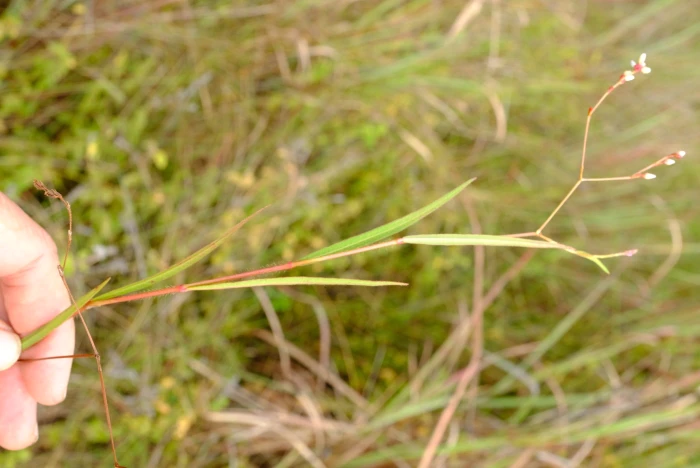(Persicaria meisneriana)
(Persicaria meisneriana)
/
/

Nick Helme
CC BY-SA 4.0
Image By:
Nick Helme
Recorded By:
Copyright:
CC BY-SA 4.0
Copyright Notice:
Photo by: Nick Helme | License Type: CC BY-SA 4.0 | License URL: http://creativecommons.org/licenses/by-sa/4.0/ | Rights Holder: Nick Helme | Publisher: iNaturalist | Date Created: 2023-03-31T08:47:15-07:00 |



Estimated Native Range
Climate Requirements for Highland, California
| This Plant | Your Site | Plant Suitability for Your Location | ||
|---|---|---|---|---|
| • Precipitation | 58" - 69" | 12" | Your precipitation may be insufficient for this plant. Irrigate N" / year. | Irrigate N" / year |
| • High Temp. | 76°F - 92°F | 95°F | Your summer temperatures are normal for this plant. | Excellent |
| • Low Temp. | 38°F - 57°F | 39°F | Your winter temperatures are normal for this plant | Excellent |
This plant should grow well at your location with about N inches per year (Y minutes per month) of irrigation.
Summary
Persicaria meisneriana, with no widely recognized common name, is a perennial herb that is part of the Polygonaceae family. This species is native to South America. It typically grows to a height of 20-60 cm (8-24 inches) and spreads out to form dense clumps. Persicaria meisneriana is characterized by its lance-shaped leaves and spikes of small, pink to white flowers that bloom in mid to late summer. The flowers are modest in size but can be quite numerous, creating a soft, brush-like appearance.
In cultivation, Persicaria meisneriana is valued for its ability to thrive in damp conditions and its use as a ground cover or border plant in garden settings. It is relatively low-maintenance, requiring consistently moist soil and partial to full sun exposure. While it is not particularly prone to diseases, it can suffer from rust or mildew if conditions are too damp and air circulation is poor. Gardeners should be aware that some Persicaria species can be aggressive spreaders, but P. meisneriana is generally well-behaved in the garden. It is not known for any significant problems with pests or diseases, and it does not have aggressive roots. This species is not typically associated with invasiveness when grown outside its native range.CC BY-SA 4.0
In cultivation, Persicaria meisneriana is valued for its ability to thrive in damp conditions and its use as a ground cover or border plant in garden settings. It is relatively low-maintenance, requiring consistently moist soil and partial to full sun exposure. While it is not particularly prone to diseases, it can suffer from rust or mildew if conditions are too damp and air circulation is poor. Gardeners should be aware that some Persicaria species can be aggressive spreaders, but P. meisneriana is generally well-behaved in the garden. It is not known for any significant problems with pests or diseases, and it does not have aggressive roots. This species is not typically associated with invasiveness when grown outside its native range.CC BY-SA 4.0
Plant Description
- Plant Type:
- Height: 1.5-2 feet
- Width: 1-1.5 feet
- Growth Rate: Moderate
- Flower Color: Pink, White
- Flowering Season: Summer, Fall
- Leaf Retention: Deciduous
Growth Requirements
- Sun: Full Sun, Part Shade
- Water: Medium, High
- Drainage: Medium, Slow
Common Uses
Border Plant, Butterfly Garden, Water Garden
Natural Habitat
Moist meadows and stream banks in South America
Other Names
Common Names: Chilean Knotweed , Meisner’s Smartweed
Scientific Names: Persicaria meisneriana , Persicaria brachypoda , Persicaria meisneriana , Polygonum brachypodum , Polygonum chamissoanum , Polygonum chamissoeanum , Polygonum chamissonianum , Polygonum geniculatum , Polygonum hastatum , Polygonum hastatum
GBIF Accepted Name: Persicaria meisneriana